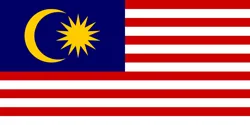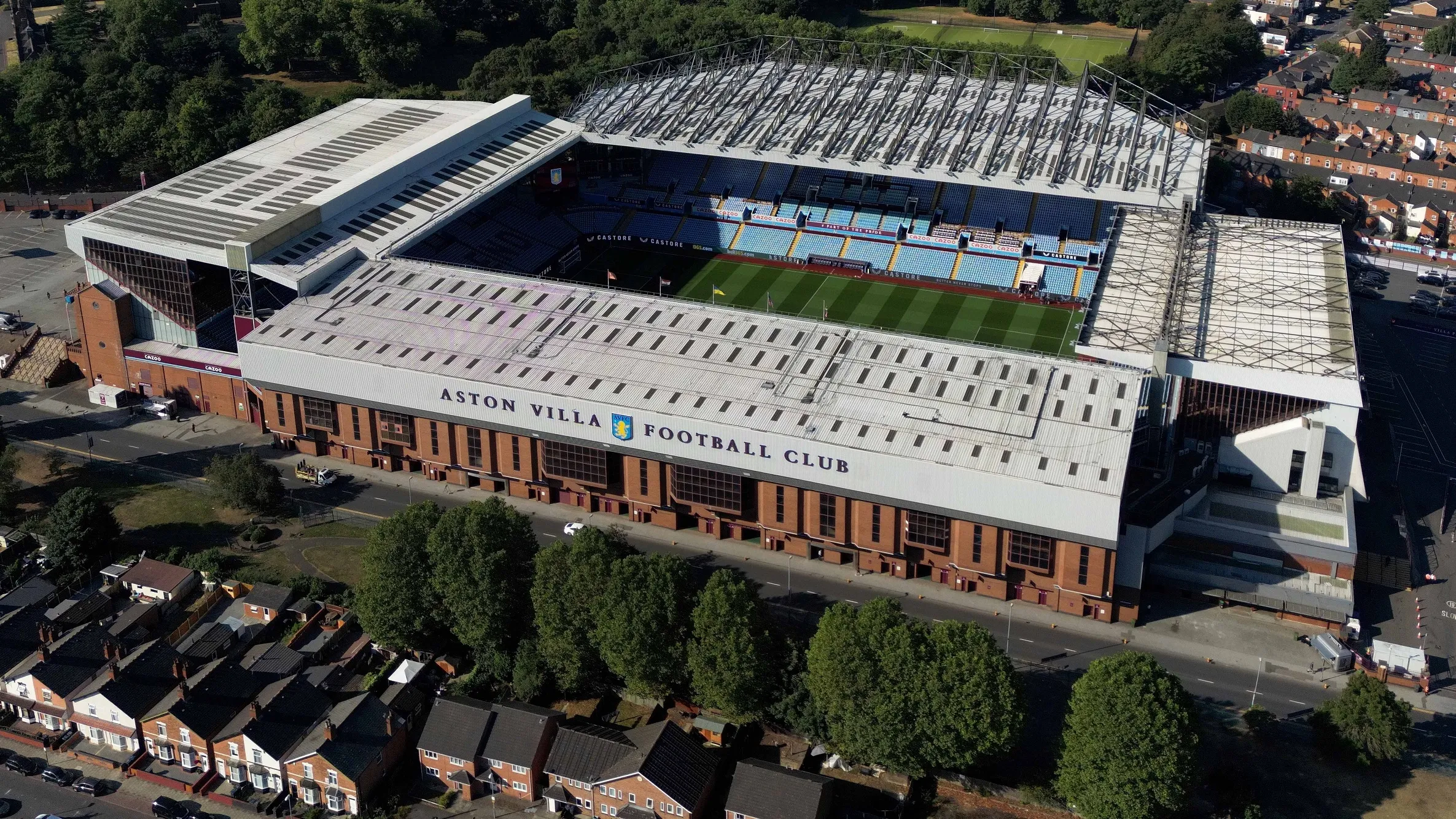Villa were among the first participants in the Premier League in 1992, becoming one of the three clubs that were first members both of the Football League in 1888 and the Premier League, along with Blackburn Rovers and Everton. Villa was runners-up in the Premier League to Manchester United in the inaugural season under the charismatic coach Ron Atkinson. The team won the League Cup in 1994, defeating Manchester United 3-1 in the final however the team was struggling in the league. Atkinson got replaced the former Villa forward Brian Little in November 1994. Little created a youthful team that included players such as Gareth Southgate, Ian Taylor and Dwight Yorke, leading the team to its sixth League Cup triumph in 1996 winning Leeds United 3-0 at Wembley.
Villa was 4th in league that year and was fifth after, but after the decline in form, Doug Ellis sacked Brian Little and was replaced by the other former Villa teammate John Gregory in February 1998. Gregory was able to achieve four top-eight finishing leagues and helped the club reach the FA Cup final in 2000 but was unable to put together the team that could compete to be a contender for Champions League places. The frustration he felt over the absence of investing in the team led him to publically accusing the Chairman Doug Ellis of being "stuck in a time lag" Their relationship remained uneasy until Gregory quit in January 2002. Ellis named Graham Taylor for a second period in February 2002, however, a 16th-place performance in the league lead to his replacement by David O'Leary in June 2003. After a sixth-place performance in his first campaign, Villa slid backwards to the 16th and 10th spots under O'Leary. This culminated with his departure at the end of summer.
After serving for 23 years as chairman, and the largest shareholder (approximately 38 percent), Doug Ellis finally took the decision to dispose of his share within Aston Villa due to ill-health. After much speculation , it was announced that the club would be purchased from American investor Randy Lerner, owner of NFL franchise the Cleveland Browns. The brand new owners in Lerner and the manager Martin O'Neill marked the start of a period with optimism for Villa Park and sweeping changes took place throughout the club.
These included the new badge, the modern facilities located at the Bodymoor Heath Training Ground and substantial investment in the squad during 2007. First Cup final in the Lerner era took place in the year 2010 when Villa were defeated by a score of 2-1 during the League Cup Final. Five days prior to the start of the 2010-11 campaign, O'Neill quit as manager, despite three consecutive sixth-place results, following his frustration over the lack of investment in the team after the departure of top player Gareth Barry, James Milner and Ashley Young. The successor Gerard Houllier stepped down due to illness in September of 2011. He was substituted with Birmingham City manager Alex McLeish, despite the protests by fans against his selection. McLeish's contract was canceled at the close this season when Villa was ranked 16th and was then substituted with Paul Lambert.
When the team was in January 2012, they revealed the deficit of PS53.9 million. Lerner offered the club for sale just three months later. With Lerner still in charge, but unable to invest following the market crash of 2008, the team was not competitive for a number of seasons which culminated in the 2014-15 campaign, in which Lambert was dismissed in February 2015 following the team scored only 12 goals in its first 25 league games, which was the lowest level in Premier League history. Tim Sherwood succeeded him, and helped the club stay away from relegation and also led team to win the FA Cup Final.
However, the club had to sell two of its top stars Christian Benteke and captain Fabian Delph during the transfer window in the summer and could not replace them adequately. Villa had a difficult time in the 2015-16 campaign, and Sherwood was fired after six consecutive losses. Sherwood was replaced with Remi Garde the French manager who had none Premier League experience. The manager left after just five months of Villa being at the lowest of the table. his tenure included a pathetic record of 19 games without a win. Villa was dropped at the close of the season. This ended their 29-year run in the top division.



 ENG
ENG MYS
MYS 简体中文
简体中文























